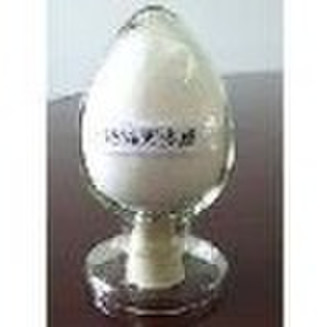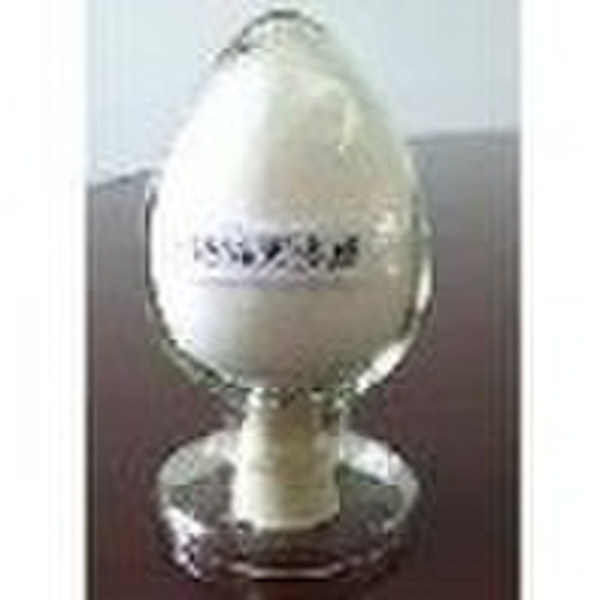Methomyl98%、95%的技术合作,有20%的欧洲共同体、40%SP,有90%SP,21%的EC

Jianfei Yuan
联系人姓名
基本信息
| 分类 | Fungicide |
|---|---|
| 化学文摘社编号. | 16752-77-5 |
| 出生地 | Jiangsu China (Mainland) |
Common Name:MethomylAppearance: Methomyl is a white, crystalline solid with a slight sulfurous odor. Chemical Name: S-methyl N-(methylcarbamoyloxy) thioacetimidate CAS Number: 16752-77-5 Molecular Weight: 162.21 Water Solubility: 57.9 g/l Solubility in Other Solvents: v.s. in methanol, acetone, ethanol, and isopropanol Melting Point: 79 C [10] Vapor Pressure: 6.65 mPa Partition Coefficient: Not Available Adsorption Coefficient: 72 Trade and Other Names: Common names include metomil and mesomile. Trade names include Acinate, Agrinate, DuPont 1179, Flytek, Kipsin, Lannate, Lanox, Memilene, Methavin, Methomex, Nudrin, NuBait, Pillarmate and SD 14999. Regulatory Status: Methomyl is a highly toxic compound in EPA toxicity class I. It is classified as Restricted Use Pesticide (RUP) by EPA because of its high acute toxicity to humans. The Signal Words for products containing methomyl depend upon the formulation of the product. Restricted Use Pesticides may be purchased and used only by certified applicators. Reentry periods for farm workers of 1 to 7 days are required, depending on the crop. Introduction: Methomyl was introduced in 1966 as a broad spectrum insecticide. It is also used as an acaricide to control ticks and spiders. It is used for foliar treatment of vegetable, fruit and field crops, cotton, commercial ornamentals, and in and around poultry houses and dairies. It is also used as a fly bait. Methomyl is effective in two ways: (a) as a "contact insecticide," because it kills target insects upon direct contact, and (b) as a "systemic insecticide" because of its capability to cause overall "systemic" poisoning in target insects, after it is absorbed and transported throughout the pests that feed on treated plants. It is capable of being absorbed by plants without being "phytotoxic" or harmful, to the plant.
交货条款及包装
Packaging Detail: 25kg Drum, 200L Iron Drum, or follow your needs. Delivery Detail: according to the quantity.
端口: shanghai
付款条款
Documents Against Payment
Letter of credit
Telegraphic transfer
Western Union
-
支付方式
我们接受:









